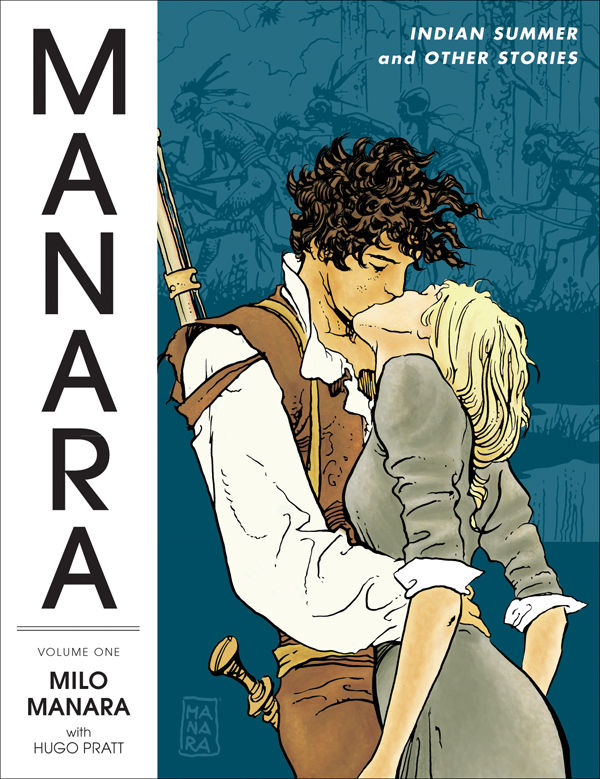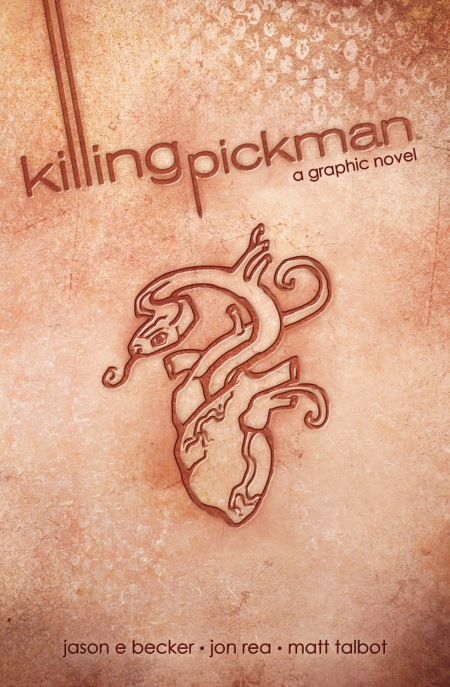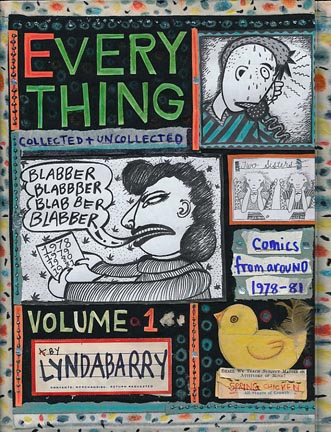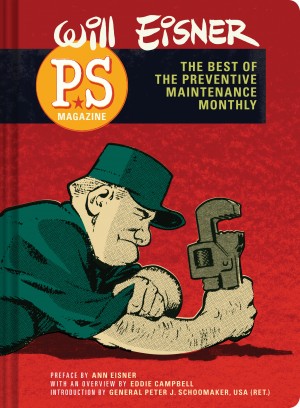Comic Book & Graphic Novel Round-Up (12/21/11)

Each week, Paste reviews the most intriguing comic books, graphic novels, graphic memoirs and other illustrated books.

The Manara Library Volume 1
by Milo Manara and Hugo Pratt
Dark Horse, 2011
Rating: “Indian Summer”: 3.0; “Paper Man”: 8.2
Here’s a quandary. You open a gorgeous slate-grey compendium brimming with intricate, fluid line work. The pencils and inks replicate human anatomy with a master’s touch, every feature, contour and shade falling in visual harmony to encompass physique as loyal as a photograph, with workmanship as disciplined as a Renaissance prodigy. The plot beats are interspersed with lavish, lonely landscapes that might have wandered in from a Terence Malick set. And then you watch a teenage rape victim have sex with her uncle for twelve panels while she describes how exciting her recent violation was. This is the critical paradox of Italian artist Milla Manara, a legendary illustrator recognized for conjuring some of the most beautiful 2-dimensional women in the print medium. Dark Horse’s first entry in honor of the controversial artist features two stories, “Indian Summer” and “Paper Man.” The latter, written by Hugo Pratt and published in 1983, pays homage to the great colonial yarns of Nathanial Hawthorne and James Fennimore Cooper. Pratt and Manara weave an intricate web of religious repression, violence, atonement, sex, rape and incest. None of these is particularly offensive in its proposed context: a hypocritical puritan priest who rapes children definitely makes a hideous villain. The morally-grey (veering into black) pitfall is that these atrocities are visualized with pornographic obsession, rendered in Manara’s hyper-erotic elegance. The point between shock value and glamorization is blurred to incomprehensibility, awkwardly breaking the story with uncomfortable, feverish sexuality. Sometimes for twelve panels. The second story “Paper Man” offers a benign, engaging romp about a cowboy and Indian falling in love in the midst of Western Expansion. Written by Manara, this old-school slice of pulp heaven delivers an accessible entryway into the artist’s legacy without the cultural barbs that can distract from his inspired output. (SE)

Killing Pickman
by Jason Becker and Jon Rea
Archaia, 2011
Rating: 5.9
-

-

-

-

-

-

-

-

-

-

-

-

-

-

-

-

-

-

-

-

-

-

-

-

-

-

-

-

-

-

-

-

-

-

-

-

-

-

-

-










































